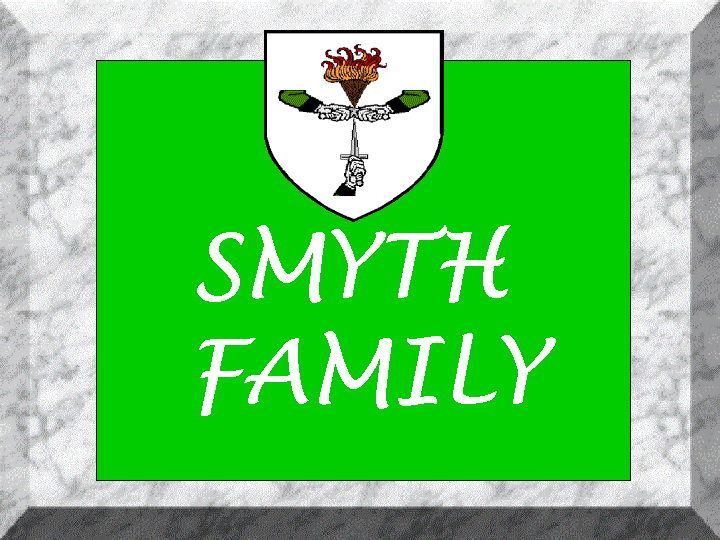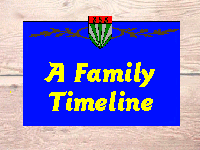New York Times Report
on Lieutenant E.P. Bertholf's
Siberian Reindeer Expedition
October 1901
![]()
|
THE NEW YORK TIMES
October 13, 1901. Page 14, col. 5
|
Lieut. E. Bertholf Brings a Herd of 254 from Siberia.
His Long Trip Over Ice and Snow
Special to The New York Times. October 13, 1901.
The Lieutenant's safe arrival with his herd is the culmination of a most remarkable trip, which in its various stages has attracted the attention of the Government and the world since November, 1900. Leaving New York he went to London, thence to St. Petersburg, and on to Irkutsk by rail, thence forward by Russian reindeer and dogs to Orla, on the Bering Sea coast. There the Lieutenant gathered his herd, and, driving them aboard the steamship Prosper, carried them across to Teller or Port Clarence, where they were disembarked, whence they are to be distributed to the various herds scattered over Alaska. The new deer are of a different breed or variety from those previously brought over, and are expected to add much to the value of the herds. Dr. Gambell's account of the Lieutenant's experiences and his assembling the herd is most interesting. "We have now over 4,000 deer in Alaska," said the doctor. "Those previously brought across are of a smaller variety, secured from the Chuckees tribe in the northern part of Siberia. Those brought over recently by Lieut. Bertholf are from Orla, on the southern coast of Siberia. They are arger than the others. The Chuckees deer are vari-colored, being white, spotted brown and dun, while Bertholf's deer, the Tonguse, are more rangy and of a dark brown color. They are heavy enough to carry a man on their backs, and Lieut. Bertholf, who weighs over 200 pounds, rode one through the deep snows while gathering his herd. These deer haven't as large horns, but have neater heads and thicker necks and longer legs. "At Orla Lieut. Bertholf had an account with a Russian firm, and through them did most of his trading with the natives. The Chuckees tribe in Northern Siberia has little idea of the value of money and seek to do business altogether by barter. Hence, the Government, when buying deer, had to trade powder, flour, crackers, &c., directly with the natives. Lieut. Bertholf had an account with one house, and this gave supplies for deer and turned them over to the Lieutenant. The price for each deer was $6.50. Lieut. Bertholf became somewhat proficient in the use of the Tonguse dialect and did his trading direct on his own account. One man had a herd of 10,000 deer, being a very rich native in the eyes of his neighbors. "After collecting his herd and chartering the Prosper at Vladivostok, Lieut. Bertholf had some trouble in securing natives to accompany the herd over on the ship. Despairing, he resorted to his authority, as shown by his letters from home and from St. Petersburg, and used it. "'Here,' said he to some natives, 'I am big man. You must go with me.' Two natives were overawed and consented, and these two fed the deer and looked after them on the way over. He was ten days from Orla to Port Clarence, and part of the time there was a rough sea that tossed the deer from side to side, killing a few. It was the first time the two natives had ever been out to sea, and when the Lieutenant, when they were well over, asked the two men if they enjoyed the trip. "'Thank God,' they replied in Tonguse, 'we are nearly across.' After they landed and had a look at the Alaska herd they were mightily pleased. "Lieut. Bertholf brought over all his Siberian clothing, his traveling sled, &c. In Russia, they drive two deer to a sled, while in Alaska but one deer is driven. The Lieutenant, while traveling, slept, cooked and ate and lived in his sled. His arctic clothing was made wholly from reindeer skin and worn over his European garments. He took photographs all along the route and has a wonderful collection. "After landing his deer he returned by the Prosper to Vladivostok and will return to America about November by way of Japan and Hongkong." Dr. Gambell gives the following report of the reindeer now in Alaska, the figures being approximate:
Point Barrow, Rev. Marsh Superintendent... 250 Point Hope, natives… 150 Kotzebue Sound, Rev. Samms… 200 Cape Prince of Wales, W.T. Locke… 1,000 Teller reindeer station, T.D. Breng… 700 Sinrock, natives… 500 Golovin Bay, Carl Lynd… 250 Eaton Station, A.E. Calson… 700 Bethel Station, S. Romig… 250 St. Lawrence Island, Dr. E. O. Campbell… 100 TOTAL… 4,100
"The Bertholf deer are to be scattered equally among the stations, to increase the efficiency of the Chuckee deer," continued the doctor. "All the deer so far brought over amount to less than 1,000; but next year the Government hopes to add another 1,000 from Siberia. The herds are all increasing very fast and are beyond the experimental state. A few of the males are being killed for food, but no females. The Eskimos in Alaska are taking kindly to them and are serving apprenticeships at the stations. Four of the Laplanders who came from Norway in 1898 have been given herds of 100 each on a five year contract. They are at the end of that time to return the original number to the Government and keep all the increase. Alaska natives are serving them as apprentices. The Government is to assist the Laplanders in getting their supplies, but they must pay their own way. The four men have sent to Norway for their families and relatives, and propose to live in Alaska. Dr. Gambell has lived three years in Alaska, and has been at all stations save Point Hope and Point Barrow. He used deer in traveling, save in Winter, when the crust and ice prevented, and dogs were resorted to. His home is at Winfield, Iowa, but he will winter in Washington. During the present Winter the local Superintendent at Eaton will drive a herd to Nulato for the Catholic mission to look after for the natives, and another herd to the Episcopal mission on the Tanana, 240 miles from Nulato. In this way the Government will gradually cover all of arctic Alaska with reindeer. They eat moss with the same relish they do in Siberia, and seem to thrive anywhere. |
| Other Places in the Michaud Barn | ||
 |
 |
 |
 |
 |
 |
![]()
![]()
You are one of people to have stopped by.
Please let me know how you enjoyed your stay.
Here's my old
GUESTBOOK,
which may or may not still work.
|
Sign My NEW Guestbook Just Look At My NEW Guestbook |
![]()
Scott Michaud is
MAZHUDE@HOTMAIL.COM
Professional writer, editor,
fact-finder, and occasional user
of Standard American English.